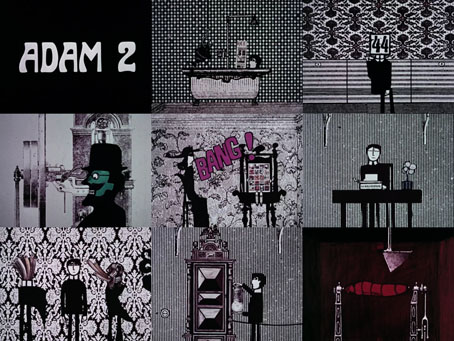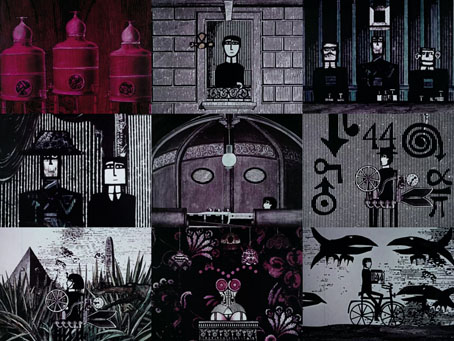
Self-portrait.
There are times when one of my searches for work by an unfamiliar artist turns up results that are much more varied than I anticipated. Vojtech Preissig is one such artist, a Czech graphic designer, printmaker and typographer whose name I’d only registered in the past via digital revivals of his type designs. Preissig’s career follows a similar trajectory to that of his contemporary František Kupka: both artists started out working their own variations on fin-de-siècle art—Symbolism in Kupka’s case, Art Nouveau design in Preissig’s—before finding their way to abstraction in the 1930s. Both artists also worked for a time with Alphonse Mucha in Paris, until Preissig moved to the USA where he spent a number of years teaching.

When reading about European artists of this generation there’s always the question of how they fared during the Second World War. Preissig was among the less fortunate. After his return to Prague he spent his last few years putting his print skills to the service of the Czech Resistance. He ended his days in the concentration camp at Dachau.
A monograph, Vojtech Preissig by Lucie Vlckova, was published in 2012.

Day (1899).

Night (1899).

Dreaming (1899).










